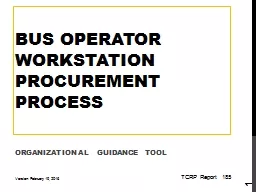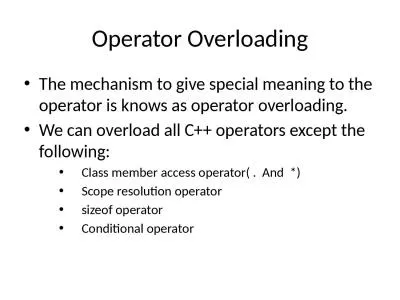PPT-Operator Observations
Author : stefany-barnette | Published Date : 2015-11-23
Troubleshooting Activated Sludge Problems Jim Winslade Adjunct Instructor ERTC SIUE Aeration Tank Problems Surface Turbulence should be even over entire surface
Presentation Embed Code
Download Presentation
Download Presentation The PPT/PDF document "Operator Observations" is the property of its rightful owner. Permission is granted to download and print the materials on this website for personal, non-commercial use only, and to display it on your personal computer provided you do not modify the materials and that you retain all copyright notices contained in the materials. By downloading content from our website, you accept the terms of this agreement.
Operator Observations: Transcript
Download Rules Of Document
"Operator Observations"The content belongs to its owner. You may download and print it for personal use, without modification, and keep all copyright notices. By downloading, you agree to these terms.
Related Documents














